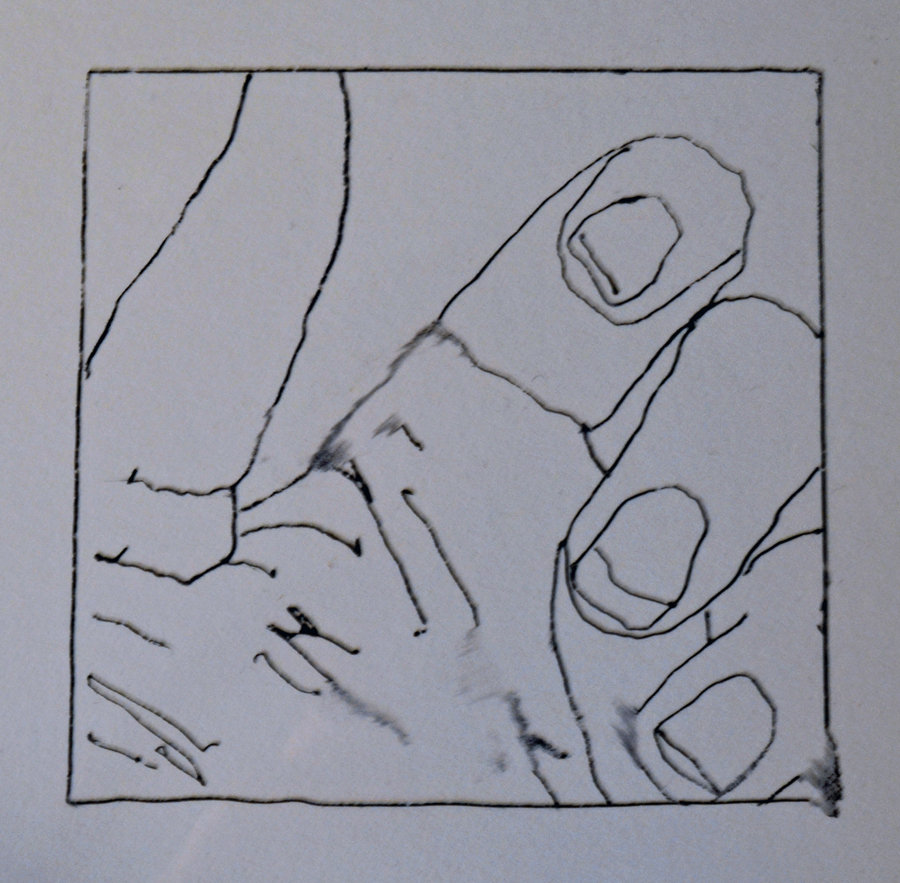A problem:
We think using what we notice, but we notice very little. In fact, we're terrible at noticing things. We walk around believing that we see what's around us, but that's an illusion.
If only students could notice what's around them, they'd be much better learners.
There is a method to train people to notice what's around them: teach them to draw realistically. Drawing realistically (that is, representing what you're seeing onto paper) turns out to be a skill that human brains aren't designed to do, but it can be learned, using tried-and-true methods.
But most schools assume drawing to be an innate skill — one that some kids have, and most don't. Because of that, they treat art class as optional, and fill it with a smattering of media (drawing, painting, sculpture, photography) in hopes that at least one medium will connect with students' innate skills.
But in truth, everyone can become competent at drawing.
Our basic plan:
All kids can learn to draw what they see, and in our schools, all kids will. We'll use a combination of two tried-and-true curricula — the Monart method and the Drawing on the Right Side of the Brain method — to help kids do this with a minimum of frustration and a maximum of joy.
Many methods of teaching drawing focus on the subject — "how to draw a face" or "how to draw a cat" — or on the media — "how to shade with charcoal" or "how to draw three dimensional objects". Both of these methods, however, focus on perception: they train you how to see.
As someone who's gone through the Drawing on the Right Side of the Brain materials, I can testify that this is mind-bending. As Kimon Nicolaides writes, in The Natural Way to Draw, "Learning to draw is really a matter of learning to see—to see correctly — and that means a good deal more than merely looking with the eye."
Our goals:
Ultimately, we want kids who can draw, and who take joy in drawing. The ability to really see what's in front of them, however, will lead to much better abilities in science (where observation is crucial). It may also help students think visually more generally, and help them in math.
If you walk into our classrooms, you might see:
Kids intensively focused on something: the jagged edge of a leaf, the membrane of a skin cell (seen through a microscope), or a face.
Some specific questions:
- "All students will." Is that too strong?
- Is it enough, for the first year, to have a non-artistic teacher go through the curriculum by themselves, and then lead students through the same? Or should we look into having a community volunteer? What would you like me to do to help with this?
- How often do we need students to engage in this? Daily? Every-other-day-ly?
- What's the role of critique and micro-adjustments in practicing drawing?
- I'd want to digitize all student art, so we can (1) send the real work home with them, and (2) make it easy for them to see their progress. What's the easiest way to do that? Have we a scanner?



